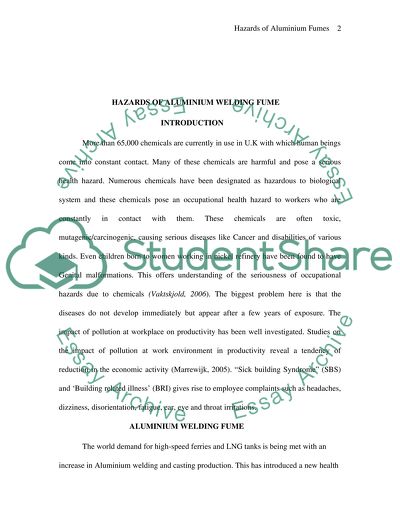Cite this document
(“Hazards of Aluminium Welding Fumes Research Paper”, n.d.)
Hazards of Aluminium Welding Fumes Research Paper. Retrieved from https://studentshare.org/environmental-studies/1527056-hazards-of-aluminium-welding-fume-essay
Hazards of Aluminium Welding Fumes Research Paper. Retrieved from https://studentshare.org/environmental-studies/1527056-hazards-of-aluminium-welding-fume-essay
(Hazards of Aluminium Welding Fumes Research Paper)
Hazards of Aluminium Welding Fumes Research Paper. https://studentshare.org/environmental-studies/1527056-hazards-of-aluminium-welding-fume-essay.
Hazards of Aluminium Welding Fumes Research Paper. https://studentshare.org/environmental-studies/1527056-hazards-of-aluminium-welding-fume-essay.
“Hazards of Aluminium Welding Fumes Research Paper”, n.d. https://studentshare.org/environmental-studies/1527056-hazards-of-aluminium-welding-fume-essay.


